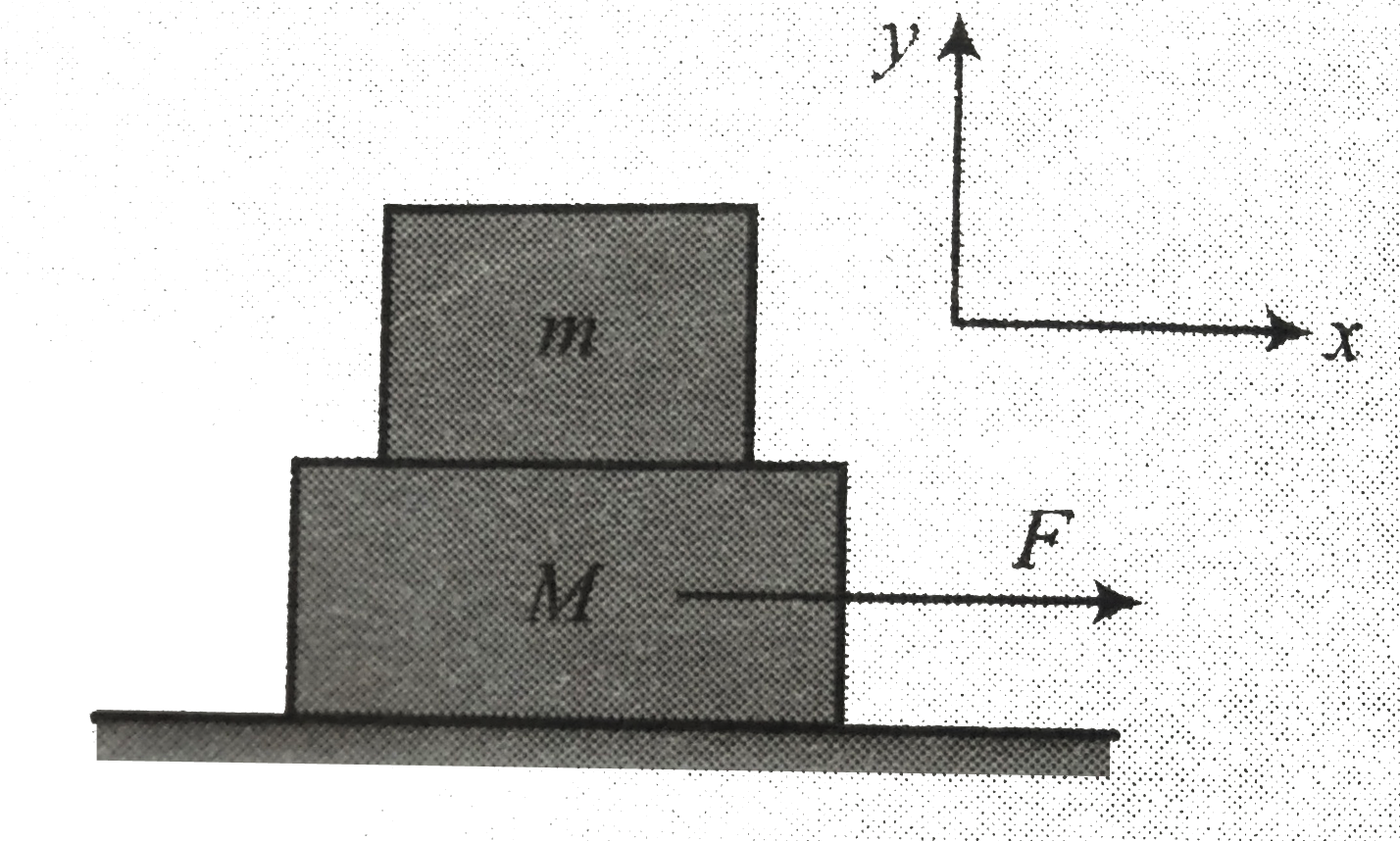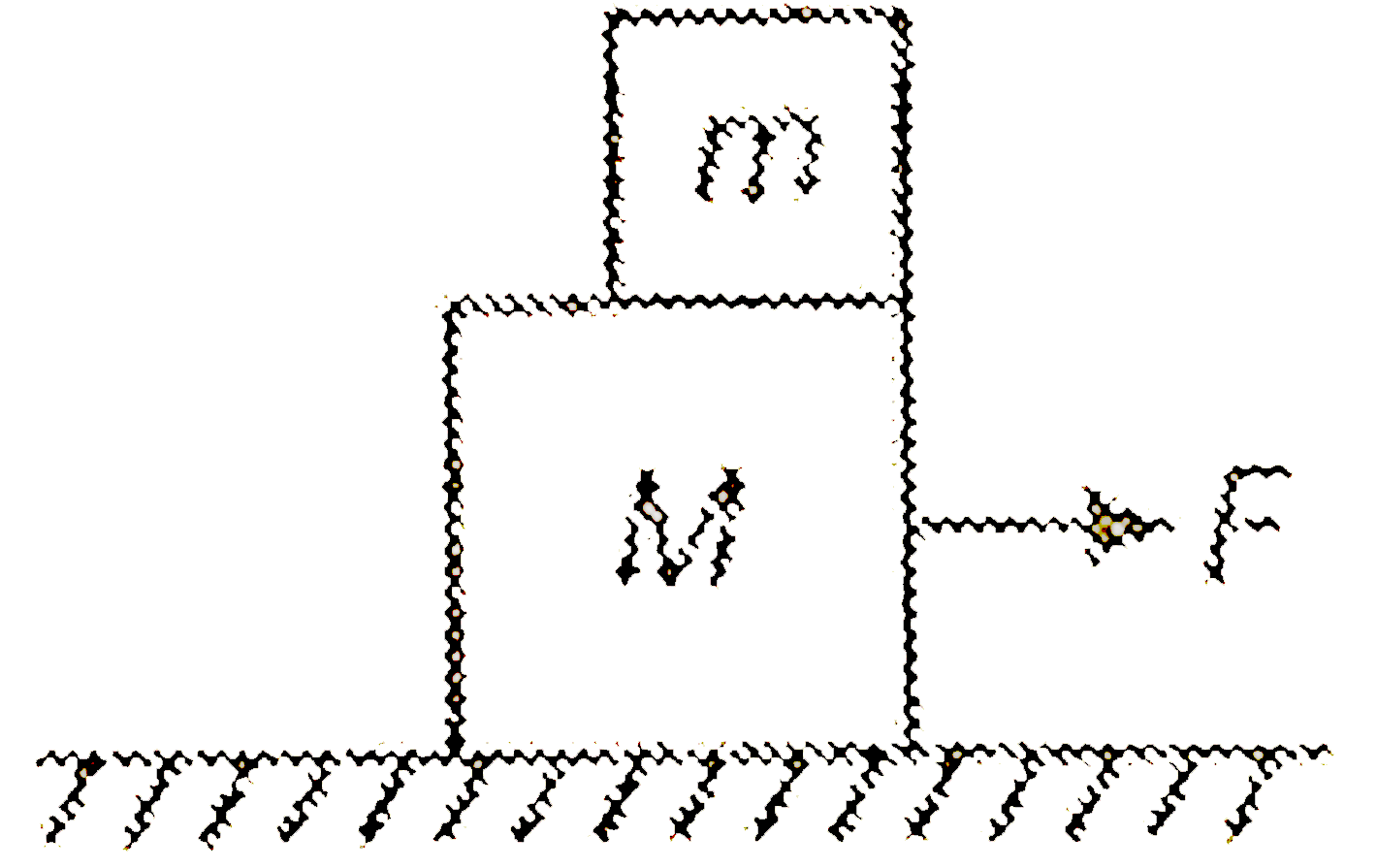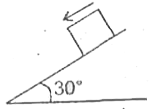A body of mass 2 kg is placed in a rough surface. When a force of 60 N is applied on it, it starts moving with an acceleration of 15m/s2. Find the friction force acting on it.
10N
20N
30N
40N
The correct Answer is:C
To solve the problem step by step, we will use Newton's second law of motion and the concept of net force.
1. Identify the Given Values:
- Mass of the body (m) = 2 kg
- Applied force (F_applied) = 60 N
- Acceleration (a) = 15 m/s²
2. Write the Formula for Net Force:
According to Newton's second law, the net force acting on an object is given by:
Fnet=m⋅a
3. Calculate the Net Force:
Substitute the values of mass and acceleration into the formula:
Fnet=2kg⋅15m/s2=30N
4. Understand the Forces Acting on the Body:
The applied force is acting in the forward direction, while the frictional force (F_friction) opposes the motion. Therefore, we can express the net force as:
Fnet=Fapplied−Ffriction
5. Set Up the Equation:
We can substitute the known values into the net force equation:
30N=60N−Ffriction
6. Solve for the Frictional Force:
Rearranging the equation to find the frictional force:
Ffriction=60N−30N=30N
7. Conclusion:
The frictional force acting on the body is:
Ffriction=30N
Final Answer:
The frictional force acting on the body is 30 N.
---
- Mass of the body (m) = 2 kg
- Applied force (F_applied) = 60 N
- Acceleration (a) = 15 m/s²
According to Newton's second law, the net force acting on an object is given by:
Fnet=m⋅a
Substitute the values of mass and acceleration into the formula:
Fnet=2kg⋅15m/s2=30N
The applied force is acting in the forward direction, while the frictional force (F_friction) opposes the motion. Therefore, we can express the net force as:
Fnet=Fapplied−Ffriction
We can substitute the known values into the net force equation:
30N=60N−Ffriction
Rearranging the equation to find the frictional force:
Ffriction=60N−30N=30N
The frictional force acting on the body is:
Ffriction=30N
The frictional force acting on the body is 30 N.
Similar Questions
Knowledge Check
A body of mass 10 kg lies on a rough horizontal surface. When a horizontal force of F newtons acts on it, it gets an acceleration of 5m/s2. And when the horizontal force is doubled, it gets an acceleration of 18m/s2. The coefficient of friction between the body and the horizontal surface is
A0.2B0.4C0.6D0.8The force applied on a stationary body varies directly with the acceleration with which it starts to move. If a force of 10 N is applied on a stationary body, it starts to move with an acceleration of 2 m/sec2. Find the force (in N) to be applied on the body at which starts to move with an acceleration of 4 m/sec2.
A30B20C40D50A body of mass 20 kg is kept initially at rest. A force of 80 N is applied on the body then the acceleration produced in the body is 3m/s2, force of friction acting on the body is :
A80 NB12 NC20 NDZero
A mass m is palced on a body of mass M. There is no friction anywhere. Force F is applied on M and it moves with acceleration a. Find the force (along x-axis) on the top body.

View SolutionA 10 N force applied on a body produced in it an acceleration of 1m/s2. The mass of the body is
View SolutionThe mass m is placed on a body of mass M. There is no friction. The force F is applied on M on it moves with acceleration a. Then, the force on the top body is

View SolutionA body of mass 2 kg is placed on a horizontal surface having kinetic friction 0.4 and static friction 0.5. If the force applied on the body is 2.5 N, then the frictional force acting on the body will be
View SolutionA 10 N force is applied on a body produces an acceleration of 1 m/s2 . The mass of the body is
View Solution

